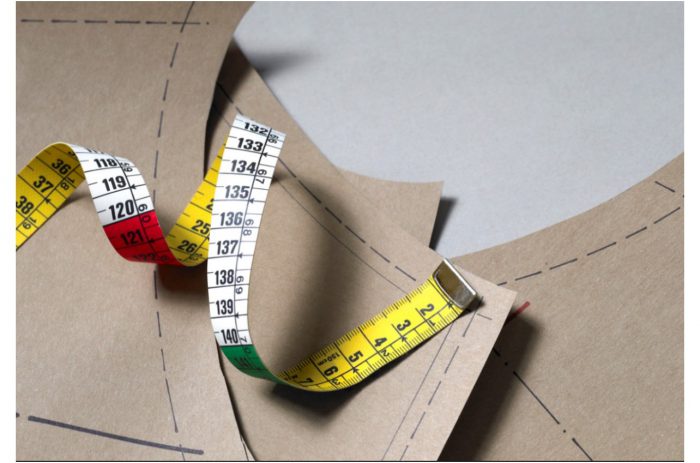The Importance of Speed (Part I of II)
December 15, 2017

In part three of this four-part series, Patrick addresses speed.
Q: Improving speed from factory to store is a common concern among today’s brands and retailers. What is the actual net manufacturing time for an average pair of jeans, ladies top, or similar product?
A: Most manufacturers provide a one-month estimate, but the real answer is more complicated. Many factors affect manufacturing time, such as:
- Fabric type, quantity, and quality
- Product quantity and space available for production line loading
- Targeted output
Regardless of these factors, product manufacturing processes typically follow the same clear, analytical path. Keeping everything simple for production management, the path starts when the fabric and trims arrive, followed by:
- Fabric and trim inspection
- Fabric testing
- Size set cutting
- Size set evaluation
- Pattern adjustment and grading verification

- Marker creation and sign off
- Pre-production meeting
- Trial run cut
- Trial run evaluation
- Issuance of fabric to cutting and fabric pre-cutting preparation
- Cutting
- Load to line
While this is just a sample analytical path, it demonstrates how most factories design these processes to identify and prevent potential quality and operational risks, not reduce their manufacturing time. But, with only a month to deliver upon receipt of materials—and the potential of air shipment if only one day late—they are under pressure to rapidly complete the pre-loading processes.
Q: Given the general lack of emphasis on factors that affect net manufacturing time, are the pre-loading processes usually the same for any production quantity?
A: Yes. The major factor should be order quantity, but factories are creatures of habit. If they have 1,000 pieces to deliver by September 30, they will receive the fabric around September 1, then proceed to complete their pre-loading process.
Further, they generally will only load a style of this volume the last week of September. This is because factory management is pressured to hit daily efficiency percentages, so they tend to load larger order quantities first. As spaces open from delays in line loading due to cut or fabric, they load of these smaller quantities.
As a result, customers are often baffled at how a factory can provide on-time delivery of 40,000 pieces, but not 1,000 pieces—even when they received the fabric and trims one month before.
The reality is that manufacturers have an incentive to not reduce their factories’ manufacturing time. Customers need their goods to be in stores on a specific date, so they negotiate a delivery date with the manufacturer. If the manufacturer runs one day late, the customer can demand full or partial air shipment to be borne by the manufacturer. While some customers are flexible, some are brutally strict, demanding air shipment and an additional discount when the pieces are just one or two days past the agreed-upon shipment day.
So, why would a manufacturer go down the road of reduced process time?
